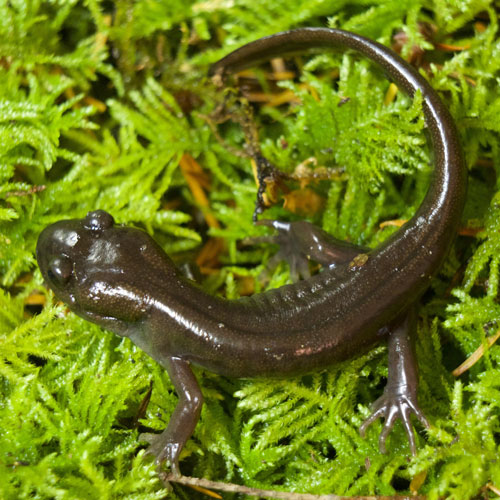Fast Facts
Where they live
- View a map of where they live.
- Northern Pacific Rattlesnakes can be found in many drier regions throughout North America, from Southwestern Canada through western United States (including eastern Washington) to northern Mexico.
- Even though they prefer drier habitats, Northern Pacific Rattlesnakes avoid deserts and instead live in prairies, grasslands, brush, and sometimes in woods, forests, along streams, rock ledges, and caves.
What they eat
- Northern Pacific Rattlesnakes kill and eat small mammals, amphibians, reptiles, and ground nesting birds using venom that is very deadly to such prey.
Breeding
- Between August and October, females give live birth to 4 to 21 young.
- Oftentimes, many females will gather at a single den to give birth.
Cool Biology Facts
- The “Crotalus” part of their scientific name comes from a Greek word meaning “little bell”, which refers to their rattle.
- Each time a rattlesnake sheds its skin, a new segment is added to their rattle.
Threats
- Northern Pacific Rattlesnakes are considered “least concern” due to their large stable populations and large distribution.
- View their status on the IUCN Red List of Threatened Species.

Amphibians & Reptiles of Washington
Do you know where rattlesnakes live in our state? Or which salamander breathes through its skin? Explore the fascinating diversity of the 26 species of amphibians and 28 reptiles found in Washington state.

